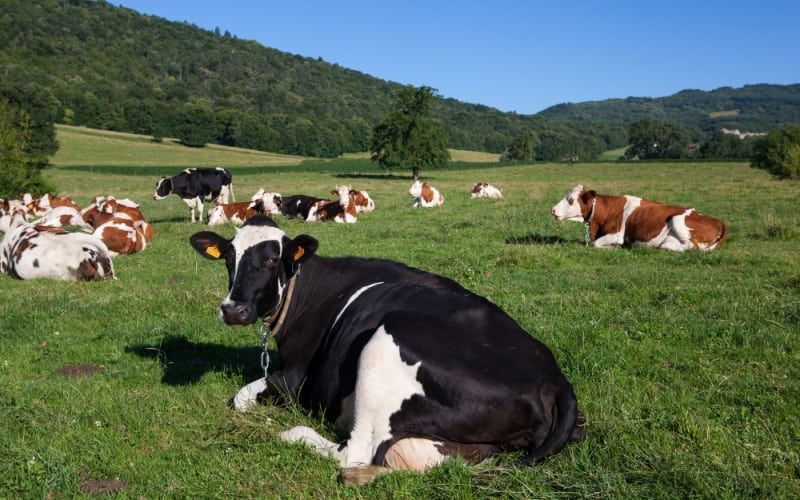OIE Raises Alarm Over Spread of H5N1 Avian Flu Among Cattle in the USA

The situation has been deemed alarming as the H5N1 virus shows the ability to adapt to mammals, increasing the risk of new strains emerging that could be potentially dangerous to other animal species. Although the likelihood of the virus spreading to other continents is considered moderate, the OIE has classified the outbreak as significant in terms of scale and epidemiological risk.
The Russian Federal Service for Veterinary and Phytosanitary Surveillance (Rosselkhoznadzor) reported that it is considering recognizing the variant of H5N1 identified in the USA as a new strain and revisiting international biosecurity and surveillance protocols.
In Russia, measures have been intensified to prevent the introduction of the virus. In 2025, the subordinate institution FGBI "ARRIAH" tested over 11,800 blood serum samples fr om cattle across 362 farms. Specific antibodies to H5N1 were not detected, indicating the absence of virus circulation among cattle in Russia.
The USA has become the first country wh ere H5N1 avian flu has been confirmed in cattle. Experts warn that further mutation of the virus could increase its resilience in mammalian environments and complicate veterinary control. The OIE and national veterinary services of member countries are transitioning to enhanced monitoring, including tracking outbreaks on farms and analyzing samples from wild and domestic animals.











